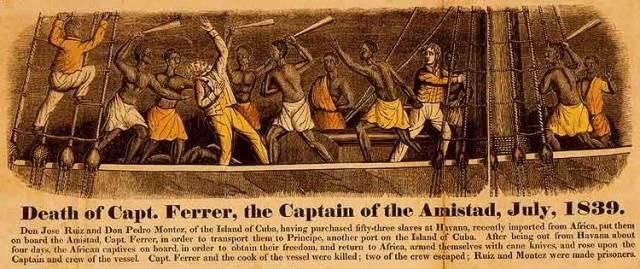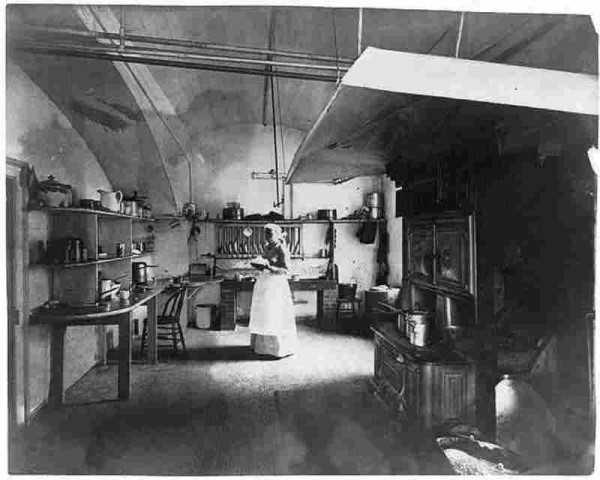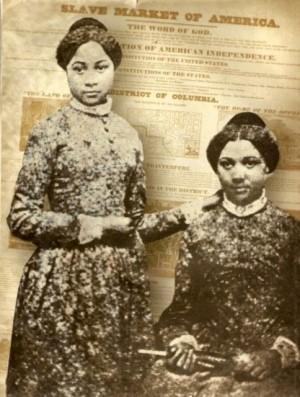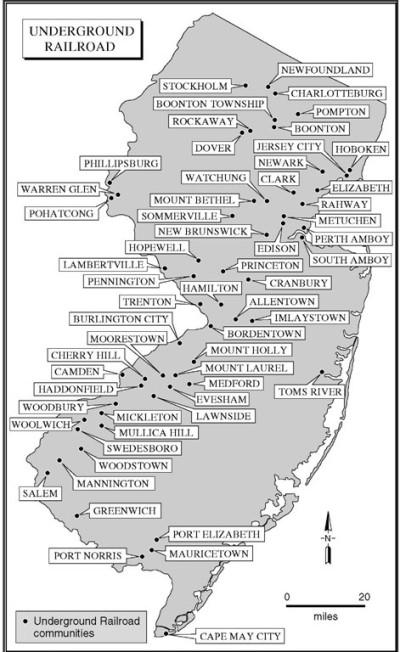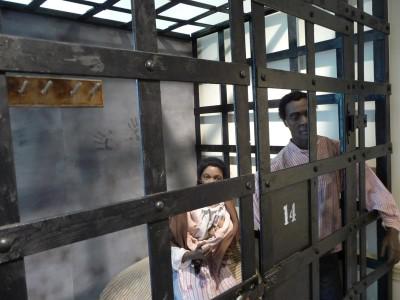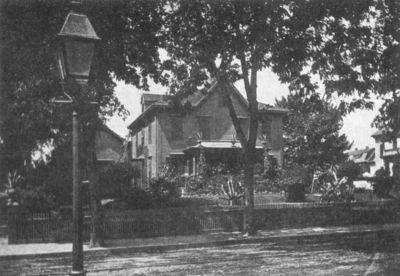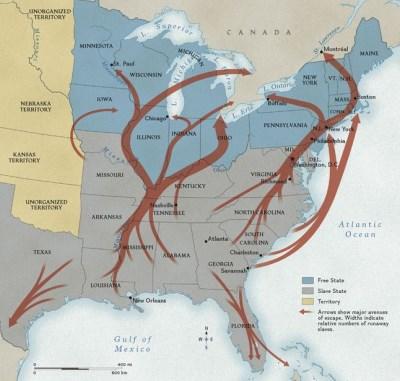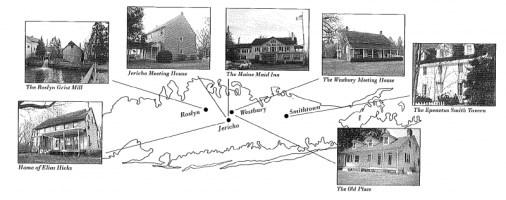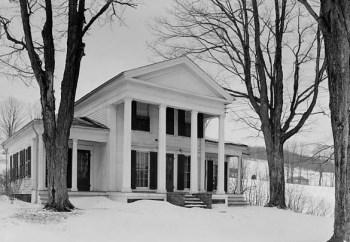Mende Africans of the Ship Amistad Despite strong opposition, an illegal slave trade still flourished in certain areas of the world during the first half of the nineteenth century. Africans captured by slave traders were taken to Cuba where they were confined in holding pens in Havana and then sent to work at sugar plantations on the island. Between 1837 and 1839, twenty-five thousand Africans were kidnapped and brought to Cuba. In February 1839, six hundred people from Sierra Leone, or as they called it, Mendeland, were captured and brought to the island nation.
